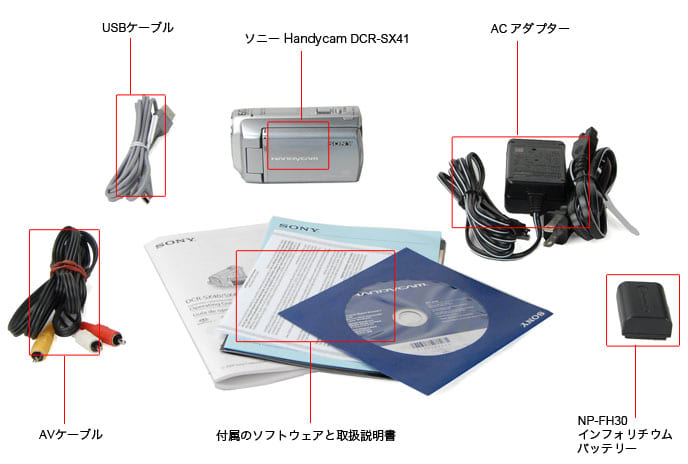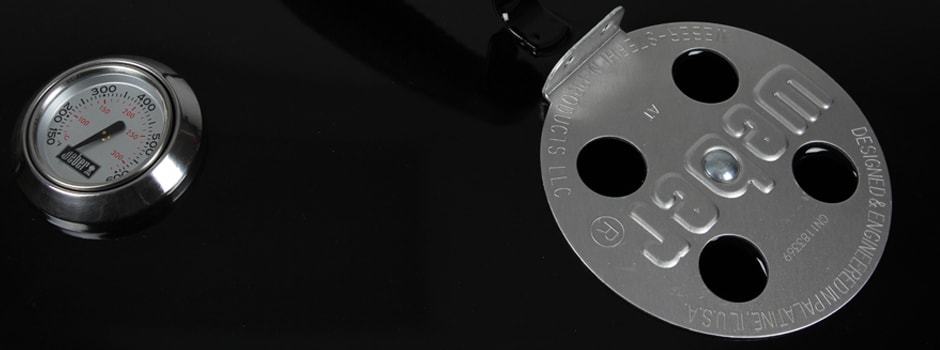Pros
Cons
Introduction
Design, Features, & Usability
{{section_header}}{{section.name}}{{/section_header}}
You know the grill.
You're probably already familiar with the Weber kettle grill's classic design and features—or lack thereof. The simplicity of the grill might be elegant to some, but the lack of storage or hooks can be annoying—hanging the grill tools on the handle does not work that well. The classic One-Touch Silver design does have a few usability issues, which are either "quirks" or "difficulties" depending on your mood. While eponymous "One Touch" system—a handle controls three arms that sweep ash out holes in the bottom—does make it easy to get the coals into the ash pan, it's almost impossible empty the shallow pan without spilling or having a Big Lebowski funeral situation. Maneuvering the grill on its ludicrous wheels and one proper handle is the other little quirk—though rolling it while holding the lid handle helps a bit.
The One-Touch Gold—a step up from the silver—addresses its shortcomings by adding a few things that might make it worth the extra $50. Instead of catching ashes in an open shallow plate, the Gold uses a closed cylinder that's a bit more user friendly. Unlike the Silver, the Gold has two handles, which allow users to actually get a good grip on the hot grill if it needs to be moved—and the second handle comes with tool hooks. The Gold's improvements extend past fixing the Silver's quirks—the Gold adds a thermometer to metal lid.
In its simplicity, the One-Touch only has one explicit means of control—a four-holed vent on the lid to keep things smokey. But as every charcoal griller knows, the maestro exercises control by shuffling the coals around and knowing when—and how much—to cover with the lid. More advanced users can play around with indirect heat (barbecuing) by corralling the coals opposite the food, or place a pan of water on top of the coals to keep things moist.
{{photo_gallery "Vanity", "Back", "Cleaning", "Controls", "Grate", "Warming", "Tray", "Handle", "Lid Open", "Side", "Thermometer", "Open Door"}}
Performance
{{section_header}}{{section.name}}{{/section_header}}
The One-Touch isn't ubiquitous by accident.

It's no accident that this grill has stayed as popular as Elvis, since Elvis. Obviously, there isn't much to a Weber kettle—it's little more than a small fire pit—so the user is ultimately responsible for performance. But since it's the simplest and most ancient way to cook, it's not exactly difficult. The charcoal factor proves to be both the advantage and disadvantage. Clearly charcoal preheat times aren't good compared to many gas grills, but the lack of burners makes it possible to arrange the coals however you want, either providing uniform temperatures across the grilling surface, or a hot spot on one side.
Conclusion
{{section_header}}{{section.name}}{{/section_header}}
If it was good enough for your grandfather . . .
Weber got it right back in the '50s with this affordable, simple, and versatile grill, making it a great choice for anyone who wants that charcoal taste (accept no substitutions, some maintain). Though the One-Touch Silver has a few usability quirks (only one handle, annoying ashtray, no tool hooks), we don't think most people will really mind, though the One-Touch Gold will iron out those wrinkles for $50 more. Either way, the grill and its charcoals yield very uniform heat without hotspots—a benefit of not having burners. When I was a kid, I used to complain about our old charcoal grill's slow heat up and ask my dad why he didn't want to switch to gas so we wouldn't have to wait. "Y'know what," he said as I helped him pour the coals into the chimney starter, "I don't mind waiting."
From the Lab
It's a bit of a different process to test a charcoal grill, since the user exercises far more control than a gas grill's ignition switch and fuel regulator. Obviously, you can add twice the amount of charcoal and get different results than another user. However, our test results are a decent idea of the kind of performance you're likely to see.
Preheat
{{section_header}}{{section.name}}{{/section_header}}
Not great, but what'd you expect?
While the preheat process isn't that bad (ten to fifteen minutes before the coals are ready), it's certainly longer than a typical gas jaunt to the ready. Essentially, you just wait until the coals are gray and then you shuffle them into whatever position you need.
Temperature Uniformity
{{section_header}}{{section.name}}{{/section_header}}

Without any burners, there aren't any hotspots to occur above them. If you want even temperatures, simply arrange the coals evenly on the coal grid. Our tests found excellent uniformity under even coals, with a low amount of temperature variation across the surface, though the center thermocouple recorded hotter temperatures than the outside thermocouples.
Body & Handle Temperature
{{section_header}}{{section.name}}{{/section_header}}
You can touch the handle without a mitt.
The One-Touch's plastic handle stayed cool, earning a perfect score staying 90°F or under during the entire testing process. And while the body temperature was too hot to touch, it stayed at a safe temperature.

Meet the tester
Ethan writes reviews and articles about science for Reviewed.com, and edits the Science Blog. He's originally from Vermont and thinks the bicycle and guitar are examples of perfected technology. Prior to Reviewed.com, he studied furiously at Middlebury College.
Checking our work.
Our team is here to help you buy the best stuff and love what you own. Our writers, editors, and experts obsess over the products we cover to make sure you're confident and satisfied. Have a different opinion about something we recommend? Email us and we'll compare notes.
Shoot us an email


